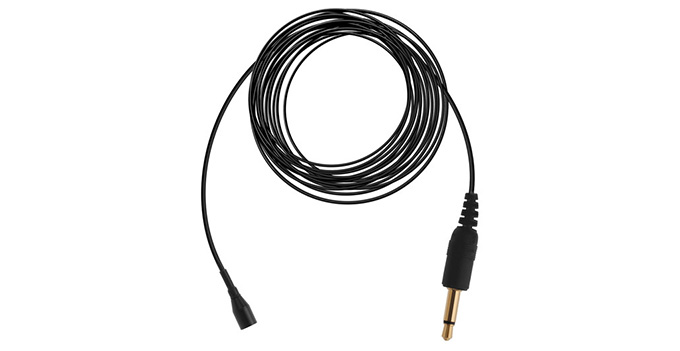Audio, audio, audio. You can’t forget about audio. New filmmakers tend to focus on getting the best possible image – which is important. However, it is sound that will make or break your project. People can put up with a slightly soft or low resolution image but they will not put up with terrible sound. Sound can be complex though with tons of mic and recorder options available.
If you need some help picking out the best mic types and external audio recorders for your next project, filmmaker Keith Knittel lays out what he uses and when each option is optimal. There are a ton in here so you should find one that fits your shooting style.
Talking about the ideal first, you would have a dedicated high-quality audio recorder with high-end microphones that feature reliable connectors. On top of that you would have an audio professional running the equipment. Most of us don’t have that luxury, but you can still make do with some care and good gear selection. Also, different shooting situations call for different equipment.
Before we even begin, let’s just all agree that the in-camera audio is not even an option.
Method One: Wired Lav
The easiest and cheapest way to get acceptable audio is picking up a cheap wired lavalier and plugging it right into your camera. A lot of audio quality comes from good mic placement and a lavalier gets the mic close to the source.

Image Credit: Polsen
Method Two: Wireless Lav
If you are miking up another person who may not feel comfortable being tethered to a camera a bit away from them you can opt for a wireless lav system. Also, if the subject is moving around a bit the lavalier is still a good pick. These have come down in price dramatically in recent years.

Image Credit: Deity Microphones
Method Three: On-Camera Shotgun
For run-and-gun work where you are just shooting generally and don’t have a specific individual you can mike up then an on-camera shotgun will give you decent results. It’ll be picking up what you are pointing the camera at. It’s a good way to upgrade the in-camera audio without weighing yourself down.

Image Credit: Deity Microphones
Recommendations:

Image Credit: Rode
Method Four: Handheld Recorders
Many handheld audio recorders come with some microphones, like the Zoom H6. These are great for picking up some sounds that you may notice when you are out. You will have to be careful with handling noise. And, you should have a dedicated recorder anyway for better audio.

Image Credit: Zoom
Method Five: XLR Microphone
Best quality for audio comes from a complete system. A reliable shotgun microphone set up and positioned properly with a mic stand and then connected with an XLR cable to a dedicated recorder will deliver awesome results. It takes more time and will require sync in post but the results are worth it if you have the time.

Image Credit: Sennheiser
What audio setup do you use?
[source: Keith Knittel]
Order Links:
- Lav Mic (B&H, Amazon)
- Deity Microphones Pocket Wireless Digital Microphone System (B&H, Amazon)
- Deity Microphones V-Mic D3 Pro Shotgun Microphone (B&H, Amazon)
- Rode VideoMic Pro Shotgun Microphone (B&H, Amazon)
- Sennheiser MKH 416 Shotgun Microphone (B&H, Amazon)
- Tascam Portacapture X8 Handheld Recorder (B&H, Amazon)
- Zoom H6 Portable Handy Recorder (B&H, Amazon)
- Rycote Softie Lyre Mount with Pistol Grip (B&H, Amazon)
- XLR Cable (B&H, Amazon)
- Microphone Stand with Boom (B&H, Amazon)
Disclaimer: As an Amazon Associate partner and participant in B&H and Adorama Affiliate programmes, we earn a small comission from each purchase made through the affiliate links listed above at no additional cost to you.




